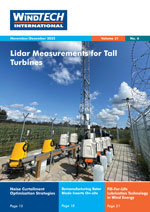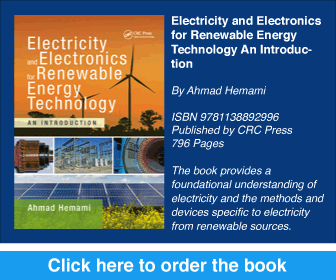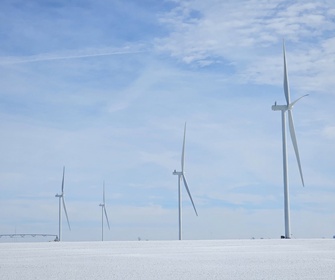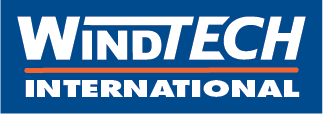The Carbon Trust’s Floating Wind Stage 3 Phase I Summary Report presents research conducted by the Floating Wind Joint Industry Project (JIP), focusing on key technical challenges to the commercialisation of floating offshore wind. As global interest in floating wind increases, several markets are showing growing confidence in the technology. However, further development is required to overcome engineering and operational barriers to commercial-scale deployment.
This report shares insights into areas such as mooring, electrical systems, logistics and wind farm optimisation, highlighting both progress and outstanding innovation needs. The report summarises the outcomes of the following eight research areas:
- Dynamic cable condition monitoring (DCCM): evaluated condition-based monitoring techniques to determine the most effective approach for dynamic cables used in floating wind applications.
- Maximum operating sea-state evaluation (MOSE): examined the balance between reducing structural loads and maintaining energy yield, outlining design considerations for this operating approach.
- Commercial-scale mooring integrity management (CMIM): developed a strategy for managing mooring system integrity at commercial scale.
- Prevention of marine growth (PoMG): improved understanding of marine growth impacts on floating structures over their operational lifespan.
- Large static pitch angles (LSPA): investigated how static pitch angles influence substructure design and the levelised cost of electricity.
- Storage and quick connectors for cables (SCC): compared dynamic cable connection technologies and assessed their commercial feasibility.
- Guidance for dynamic cables (GDC): reviewed existing guidelines and standards for fatigue assessment of dynamic cables.
- Power curve validation (PCV): identified relevant parameters and methods to validate the power curves of floating wind turbines.








